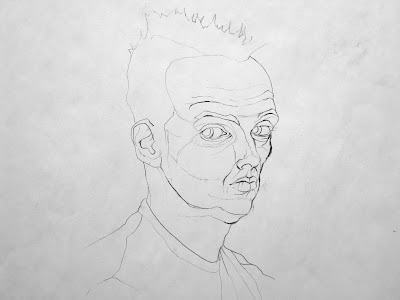Atmospheric Perspective: Hudson River School
Sanford Robinson Gifford, A Gorge in the Mountains (Kauterskill Clove), 1862
Thomas Cole, View from Mount Holyoke, 1836
Martin Johnson Heade, Newburyport Meadows, ca. 1876–81
John Frederick Kensett, Lake George, 1869
Jasper Francis Cropsey, The Valley of Wyoming, 1865
Albert Bierstadt, The Rocky Mountains, Lander's Peak, 1863
Martin Johnson Heade, Approaching Thunder Storm, 1859
Frederic Edwin Church, Heart of the Andes, 1859
Asher Brown Durand, The Beeches, 1845
The Hudson River School was America’s first true artistic fraternity. Its name was coined to identify a group of New York City-based landscape painters that emerged about 1850 under the influence of the English émigré Thomas Cole (1801–1848) and flourished until about the time of the Centennial. Because of the inspiration exerted by his work, Cole is usually regarded as the “father” or “founder” of the school, though he himself played no special organizational or fostering role except that he was the teacher of Frederic Edwin Church (1826–1900). Along with Albert Bierstadt (1830–1902), Church was the most successful painter of the school until its decline. After Cole’s death in 1848, his older contemporary Asher B. Durand (1796–1886) became the acknowledged leader of the New York landscape painters; in 1845, he rose to the presidency of the National Academy of Design, the reigning art institution of the period, and, in 1855–56, published a series of “Letters on Landscape Painting” which codified the standard of idealized naturalism that marked the school’s production. The New York landscape painters were not only stylistically but socially coherent. Most belonged to the National Academy, were members of the same clubs, especially the Century, and, by 1858, many of them even worked at the same address, the Studio Building on West Tenth Street, the first purpose-built artist workspace in the city. Eventually, several of the artists built homes on the Hudson River. Though the earliest references to the term “Hudson River School” in the 1870s were disparagingly aimed, the label has never been supplanted and fairly characterizes the artistic body, its New York headquarters, its landscape subject matter, and often literally its subject. [source]











%20-drawing_detail1494.jpg)
Comments